Everything You Need to Know About Gar Fishing
Gar fishing represents one of the most exciting yet challenging pursuits in freshwater angling. These prehistoric-looking fish, with their armored scales and menacing teeth, have swum in our waters for over 100 million years, making them living fossils that offer a unique fishing experience. Whether you’re an experienced angler looking for a new challenge or a fishing enthusiast curious about targeting these ancient predators, gar fishing combines skill, patience, and understanding of these remarkable creatures. From their distinct biology to specialized fishing techniques, this comprehensive guide will walk you through everything you need to know to successfully and responsibly fish for gar in North American waters.
Understanding Gar Species and Their Distribution
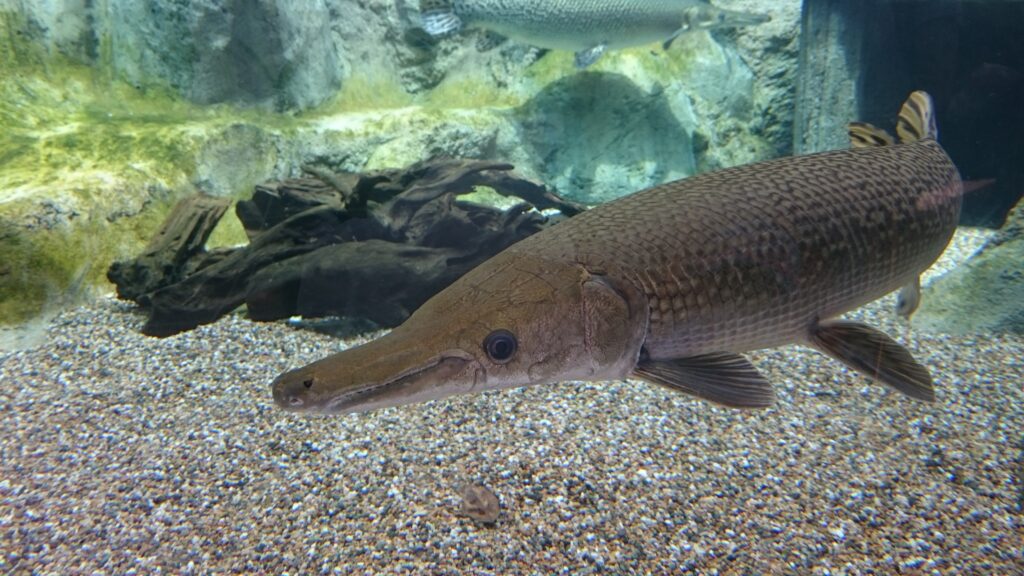
The gar family (Lepisosteidae) consists of seven species, with five found in North American waters: longnose, spotted, shortnose, Florida, and alligator gar. Longnose gar are the most widespread, inhabiting waters from the Great Lakes to the Gulf of Mexico. Alligator gar, the largest species reaching lengths over 8 feet and weights exceeding 300 pounds, are primarily found in the southern United States in the Mississippi River basin and Gulf Coast drainages. Spotted gar prefer clear, vegetated waters throughout the Mississippi Valley and Gulf Coastal Plain, while shortnose gar inhabit sluggish pools and backwaters of large rivers and lakes. The Florida gar is limited to peninsular Florida and southern Georgia, thriving in the swamps and slow-moving waters of these regions.
Gar Biology and Behavior
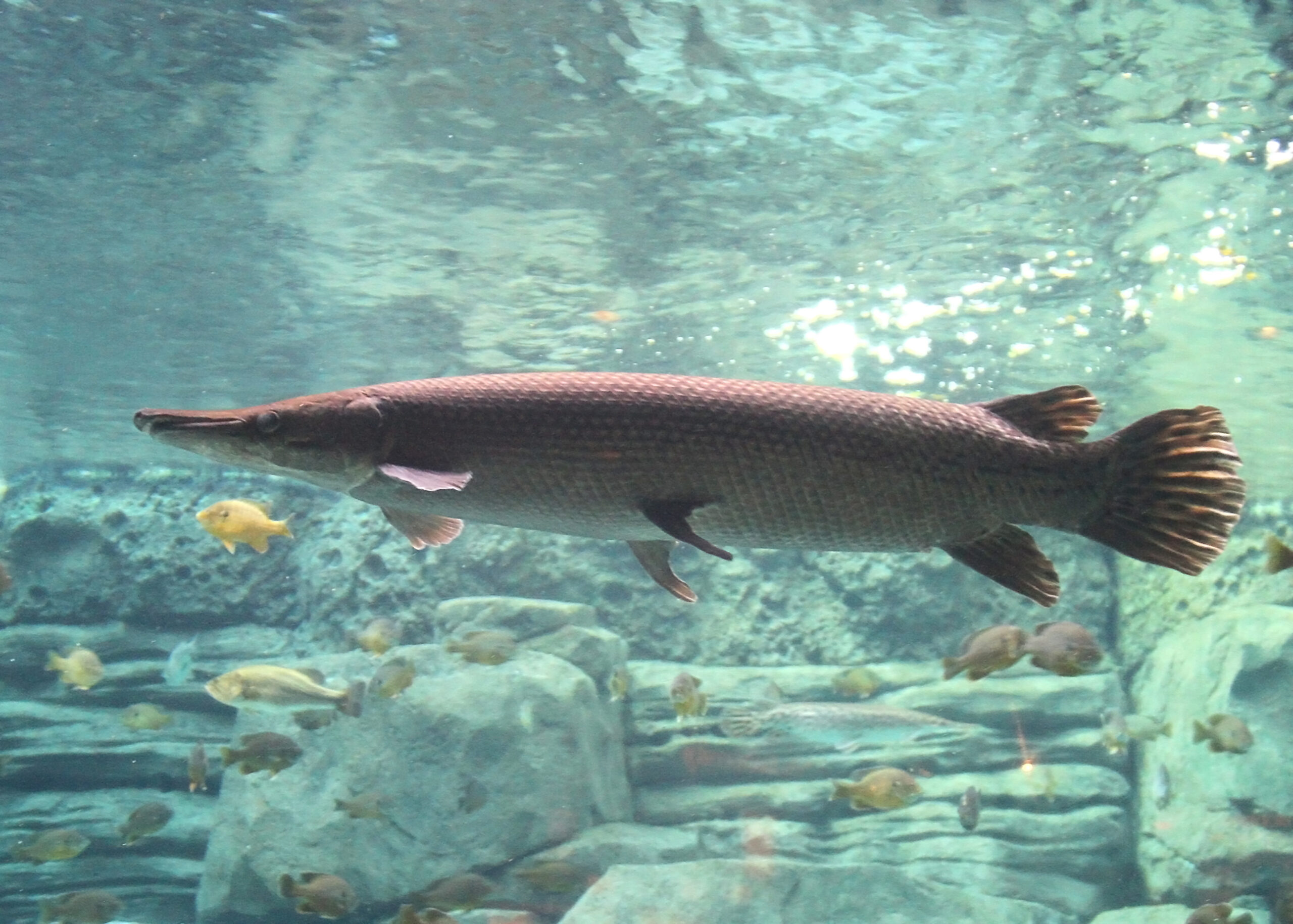
Gar possess several distinctive biological features that influence fishing techniques. Their elongated bodies covered in diamond-shaped ganoid scales form an armor-like protection that makes hook penetration challenging. Most notably, gar have a long, toothy snout adapted for sideways strikes at prey, and they possess a swim bladder that allows them to breathe atmospheric oxygen—enabling them to survive in oxygen-poor waters where other fish cannot. Primarily ambush predators, gar typically hold still in the water, often near the surface, waiting for prey to swim within striking distance. They’re most active during warmer months and frequently can be spotted “rolling” at the surface to gulp air, especially in the early morning and evening hours when they tend to feed more actively.
Essential Gear for Gar Fishing
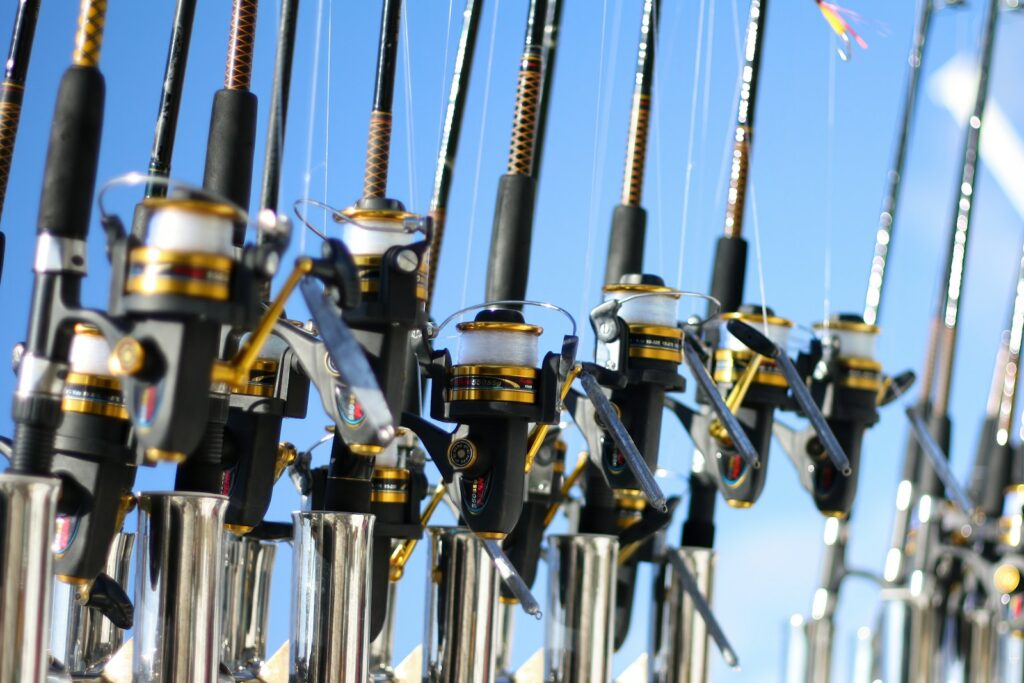
Successful gar fishing requires specialized equipment designed to handle these unique predators. For rod and reel setups, medium-heavy to heavy action rods paired with baitcasting reels loaded with 30-50 pound test line are recommended for handling larger specimens. Braided line offers advantages when targeting gar due to its abrasion resistance against their rough mouths and scales. Wire leaders (12-18 inches) are essential as gar can easily slice through standard fishing line with their razor-sharp teeth. For terminal tackle, specialized gar hooks designed with rope fibers or nylon cords work better than traditional hooks, as they tangle in the gar’s teeth rather than requiring deep penetration. Additionally, keep needle-nose pliers, hook removers, and heavy-duty fish grips for safe handling, as well as heavy-duty landing nets or even small gaffs for the largest specimens.
Top Gar Fishing Locations

Certain waterbodies consistently produce excellent gar fishing opportunities across North America. The Trinity River system in Texas represents one of the premier alligator gar fisheries in the world, producing trophy-sized fish regularly. Louisiana’s Atchafalaya Basin offers spectacular opportunities for multiple gar species with its vast swampland and bayou systems. The Mississippi River and its major tributaries throughout the southern states provide abundant habitat for several gar species, particularly in backwater areas with slower currents. Florida’s St. Johns River system hosts impressive populations of longnose and Florida gar in its tannic waters. For northern anglers, the Ohio River system and certain areas of the Great Lakes, particularly Lake Erie’s western basin, offer surprisingly good longnose gar fishing during summer months.
The Rope Lure Technique
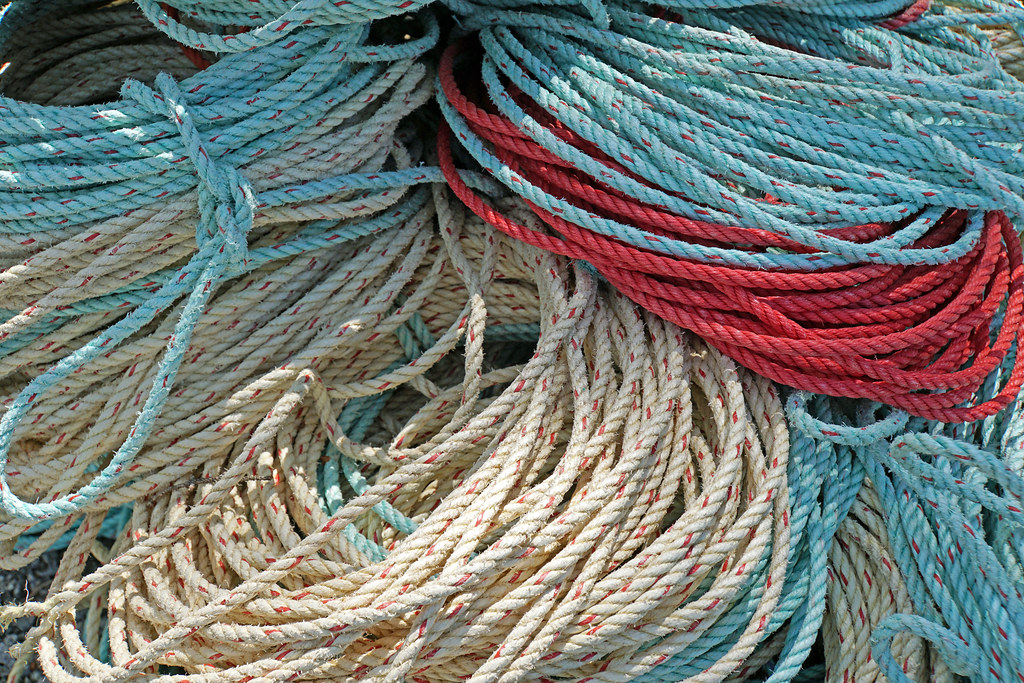
The rope lure technique stands as the most distinctive and effective method specifically developed for gar fishing. This approach utilizes frayed nylon rope fibers (typically 1/2 inch nylon rope) that tangle in the gar’s numerous needle-like teeth when the fish strikes, eliminating the need for a traditional hook to penetrate their bony mouths. To create a rope lure, cut a 4-6 inch piece of nylon rope, unravel and fray the fibers at one end while securing the other end to your line with a swivel. The frayed section can be dyed with bright colors and sometimes enhanced with fish-attracting scents. When a gar strikes this lure, wait 5-10 seconds before setting the hook to allow the teeth to become thoroughly entangled in the rope fibers. This method dramatically increases hookup rates compared to conventional tackle and reduces the risk of deep-hooking the fish.
Live Bait Approaches for Gar
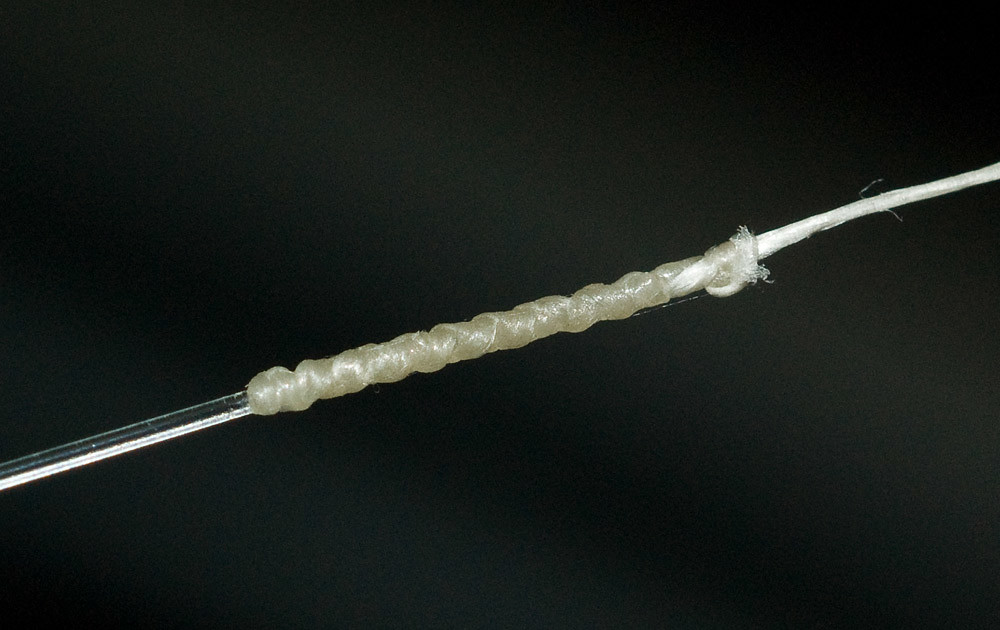
Live bait presents one of the most effective options for enticing gar to strike, particularly when targeting larger specimens. Shad, sunfish, small carp, and tilapia rank among the most productive live baits, with the ideal size ranging from 4-8 inches depending on the gar species you’re targeting. For rigging live bait, a wire leader connected to a treble hook or specialized gar hook through the bait’s back allows for natural swimming motion while preventing bite-offs. When using live bait, position it in areas where gar are spotted surfacing or in channels where they ambush prey. Allow the bait to swim freely, and when a gar takes it, the distinctive technique of “feeding time” comes into play—waiting several seconds or even minutes before setting the hook, giving the gar time to fully ingest the bait past their bony snout.
Artificial Lures and Fly Fishing for Gar
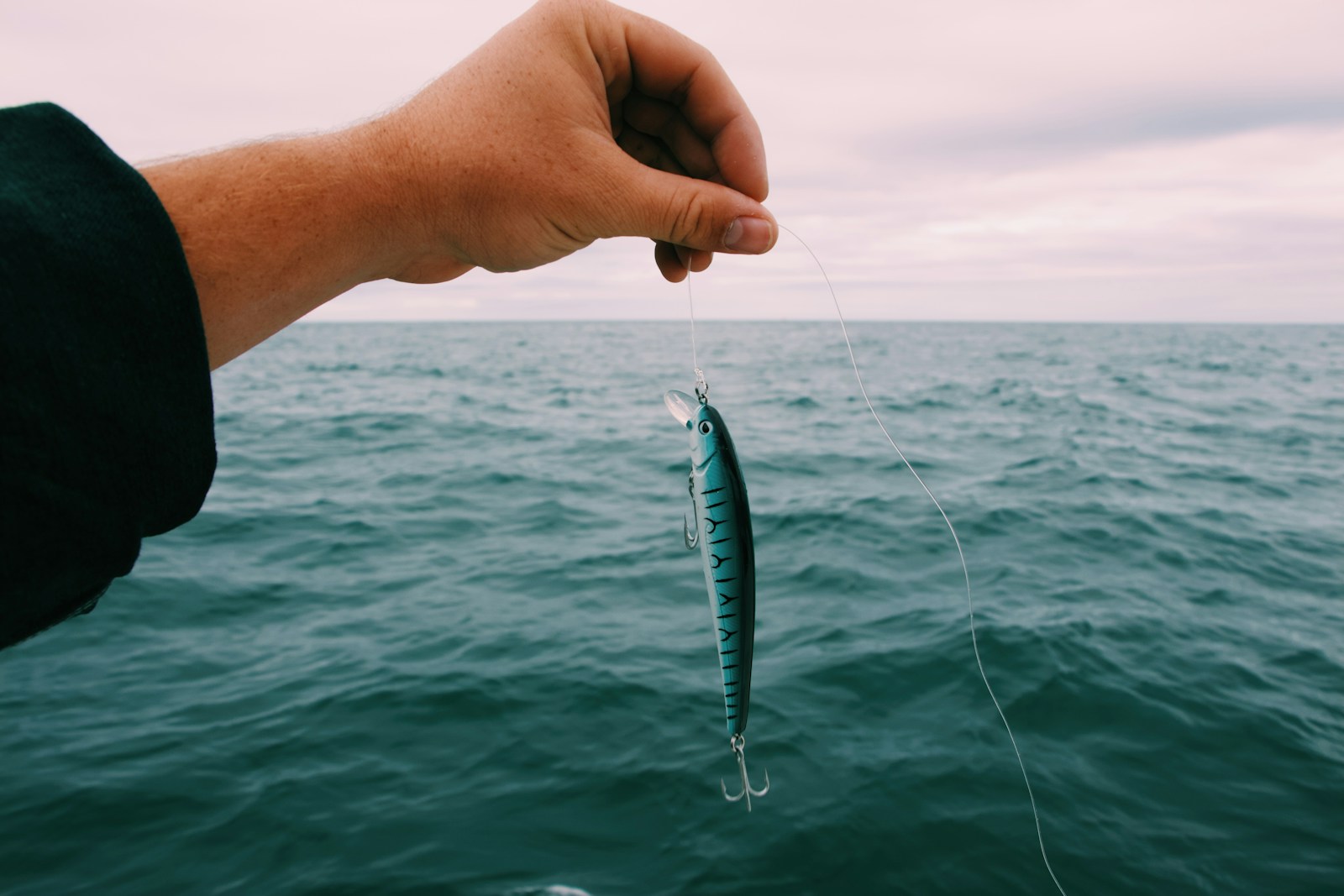
While rope lures and live bait dominate gar fishing methods, artificial lures and flies can also prove effective under the right conditions. Large inline spinners, spoons, and swimbaits in flashy colors can trigger reaction strikes, especially when worked slowly near the surface where gar often hold. Topwater lures like walking baits or poppers can be particularly exciting as they allow you to witness the gar’s aggressive strike. For fly fishing enthusiasts, gar present a unique opportunity with specialized flies like the “rope fly” that mimics the entanglement principle of rope lures using synthetic fibers that tangle in the gar’s teeth. Standard flies with bright colors and flashy materials tied on 2/0 to 4/0 hooks can also work when presented on the surface with twitching retrieves. When using artificial lures, focus on slower presentations than you would use for other predatory species, as gar typically strike more deliberately.
Seasonal Patterns and Timing
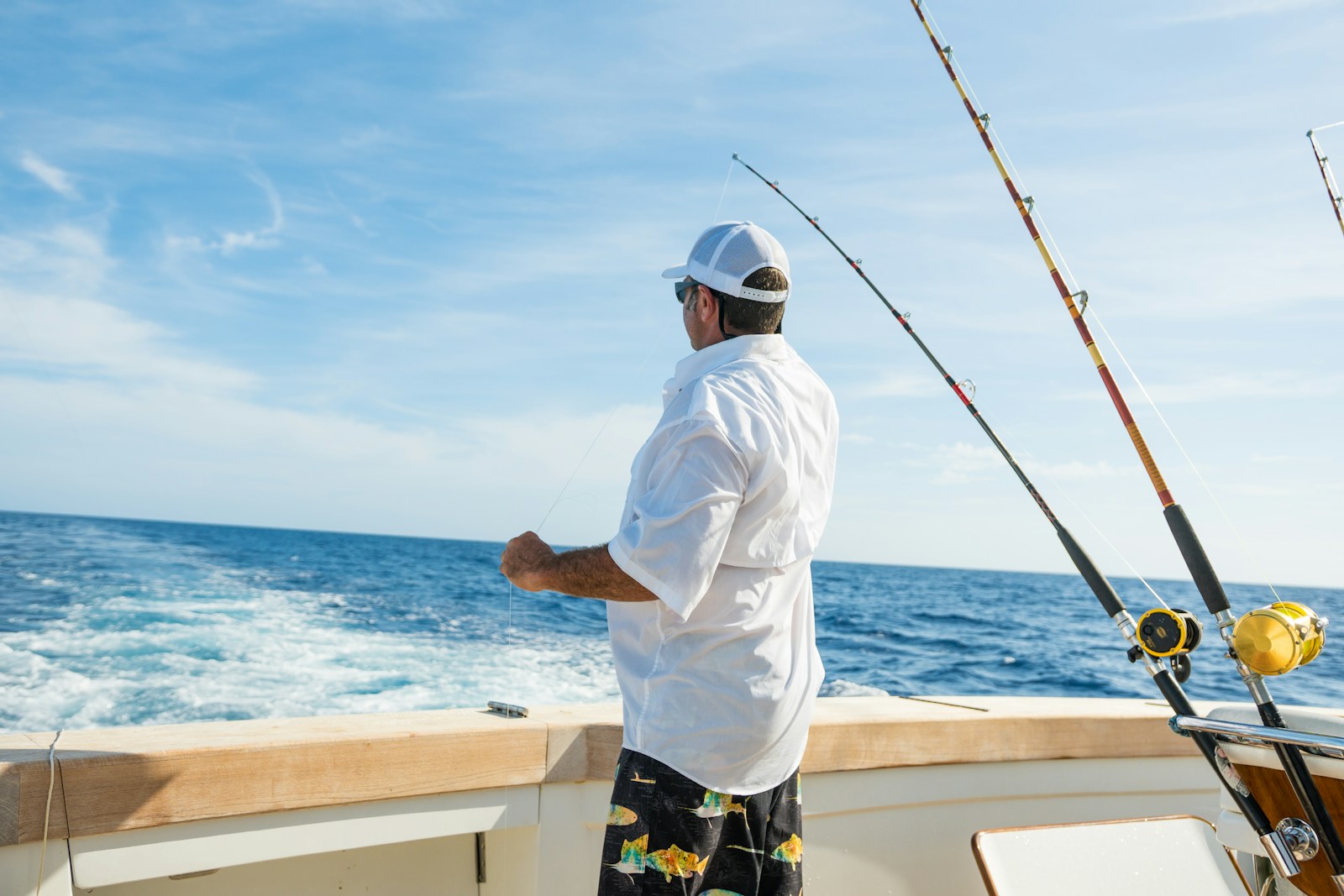
Understanding seasonal patterns dramatically increases success rates when targeting gar throughout the year. Spring offers prime opportunities as gar move into shallow waters to spawn, with water temperatures between 62-74°F triggering spawning activity where multiple fish can often be spotted in the same area. Summer represents peak gar fishing season when they become most active in warmer waters (75-90°F), frequently surfacing to gulp air and actively feeding—early mornings and evenings typically produce the best action during hot summer days. Fall fishing remains productive as gar feed heavily in preparation for winter, though they begin moving toward deeper wintering areas as temperatures cool. Winter presents the greatest challenge as gar become much less active, though they can still be caught in deeper pools and wintering holes on warmer days. Throughout the year, the best daily windows generally occur during the first and last few hours of daylight when gar feeding activity peaks.
Bowfishing for Gar
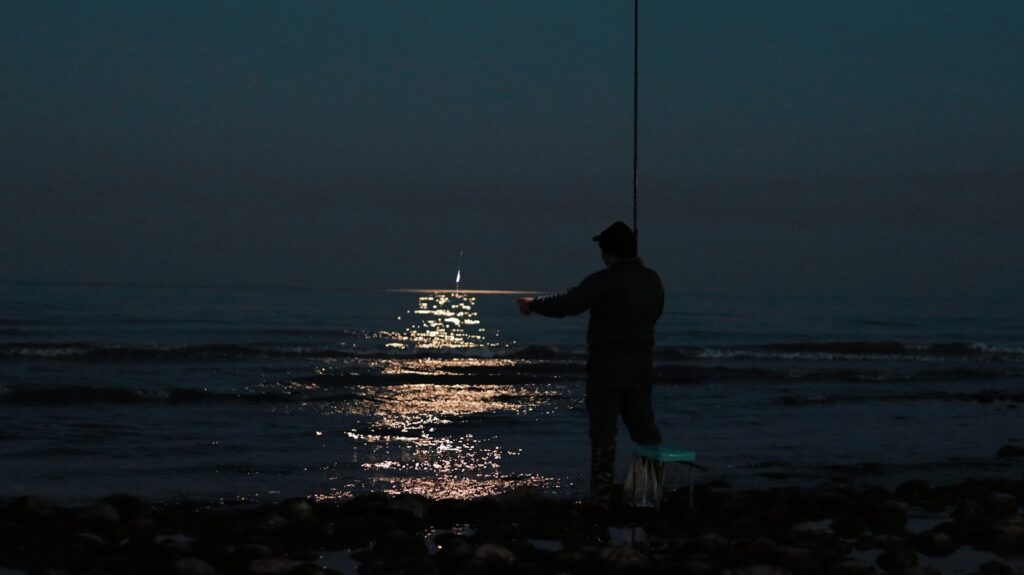
Bowfishing represents a popular alternative method for targeting gar that combines hunting and fishing skills. This approach requires specialized equipment including a bowfishing bow (often a compound or recurve bow modified for fishing), a bowfishing reel with heavy line, and specialized arrows with barbed tips attached to the line. The technique involves spotting gar near the surface, typically using specialized boats equipped with raised shooting platforms and powerful lights for night fishing when gar are more visible in shallow water. When shooting, you must account for light refraction in water by aiming slightly below where the fish appears. Bowfishing regulations vary significantly between states, with some places restricting the practice or limiting which gar species can be harvested, so carefully check local regulations before heading out.
Fighting and Landing Techniques

Successfully fighting and landing a hooked gar requires specific techniques due to their unique physical characteristics and fighting style. When a gar takes your bait or lure, the initial hookset should be firm and decisive, especially with rope lures where you’re entangling rather than penetrating with a hook. During the fight, maintain steady pressure rather than pumping the rod, as gar tend to make powerful runs followed by rolling and thrashing at the surface. Their acrobatic jumps and head-shaking can dislodge hooks, so keep your rod tip down when they’re airborne. When landing larger specimens, exercise extreme caution—never lip a gar as their teeth can cause serious injuries. Instead, use a large landing net or, for truly trophy-sized fish, a proper fish gaff followed by control of the head using a towel. For catch-and-release fishing, minimize handling time and support the fish’s body properly, as their internal organs lack the supportive rib structure of many other fish.
Conservation and Regulations

Gar conservation has gained increasing attention as scientists recognize their ecological importance and vulnerability to overfishing, particularly for slow-growing species like alligator gar. Regulations vary significantly by state and even by specific waterways within states, with some implementing slot limits, seasonal closures during spawning periods, or special permits for targeting certain species. Alligator gar face the most stringent protections, with some states like Texas requiring special harvest permits and implementing one-fish-per-day limits. Longnose, spotted, and shortnose gar typically have more liberal regulations, though still protected in some jurisdictions. Conservation efforts include habitat restoration projects to maintain spawning grounds and water quality improvements to benefit these ancient fish. Before fishing, always consult the most current regulations for your specific fishing location as rules can change annually based on population assessments.
Gar as Table Fare
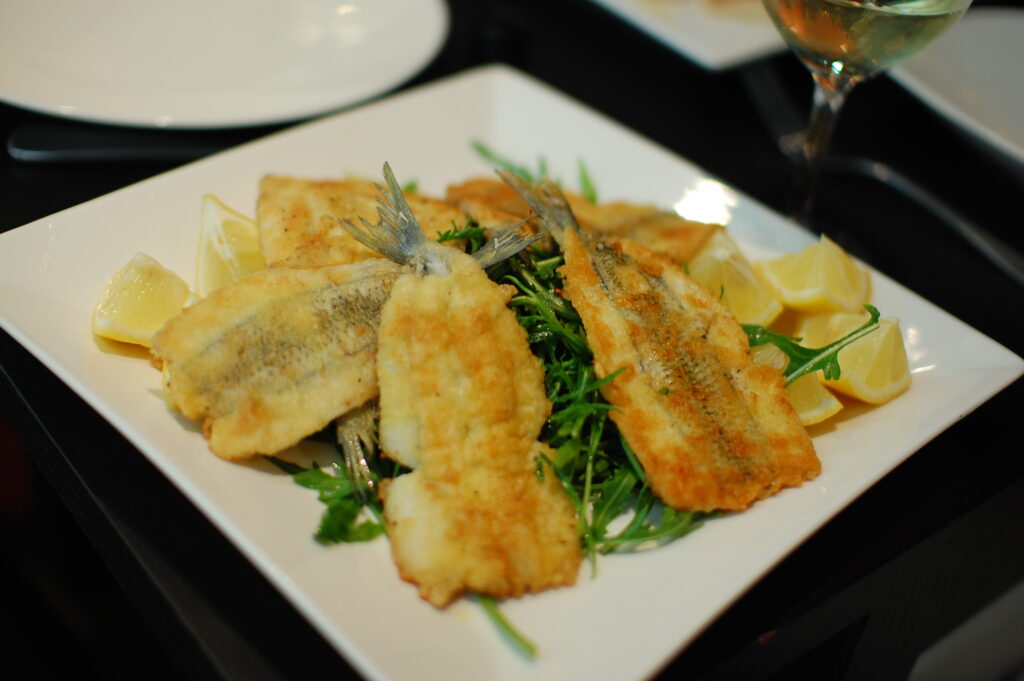
Despite historical prejudice against gar as food fish, they can provide excellent table fare when properly prepared. The meat is white, firm, and mild-flavored, though accessing it requires specialized techniques to get past their armor-like scales. To clean a gar, use tin snips or heavy-duty scissors to cut along the belly and back, then peel away the tough hide to reveal the meat beneath. The backstrap (the meat along either side of the spine) provides the premium cuts, yielding boneless fillets similar to other white fish. Smaller gar can be prepared as “gar balls”—a popular Cajun dish where the meat is ground, mixed with seasonings and vegetables, formed into balls, and fried. One important caution: gar eggs are toxic to humans and other mammals, containing a protein ichthyotoxin that can cause severe illness, so they should never be consumed. When harvesting gar for the table, follow sustainable practices by taking only what you’ll eat and adhering to local regulations.
Safety Considerations When Handling Gar

Handling gar safely requires specific precautions due to their potentially dangerous physical characteristics. Their numerous needle-sharp teeth can inflict serious lacerations, particularly during the thrashing that typically occurs when landing them. Always use heavy fishing gloves when handling gar, and consider using fish grips or a towel to control the head. Never place fingers inside a gar’s mouth or gills, and maintain a safe distance from their snapping jaws. The scales along a gar’s body have razor-sharp edges that can cause cuts similar to paper cuts but deeper, so handle the fish’s body with care. When removing hooks or rope lures, long-handled pliers or hook removers help maintain a safe distance from those teeth. For larger specimens, especially alligator gar, consider having a fishing partner assist with safe handling and release. If you do sustain a cut from a gar’s teeth or scales, clean the wound thoroughly as their mouths contain bacteria that can lead to infection.
Record Catches and Trophy Potential
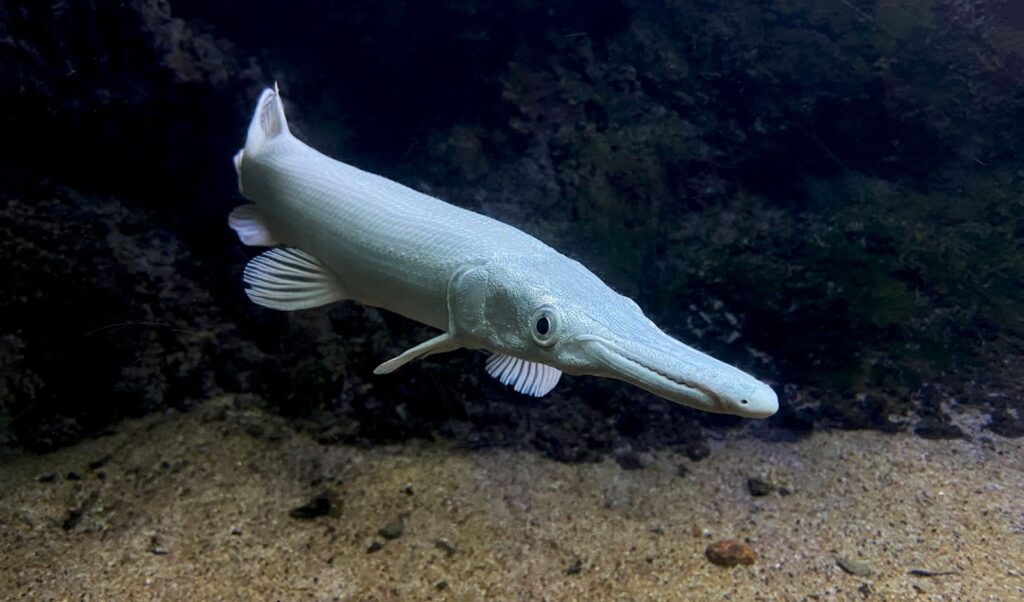
Gar offer tremendous trophy potential, with several species capable of reaching impressive sizes that have created legendary catches. The all-tackle world record alligator gar stands at 279 pounds, caught in the Rio Grande River, Texas, in 1951, though unverified reports exist of even larger specimens. For longnose gar, the record weighs 50 pounds, 8 ounces, taken from Trinity River, Texas, in 1954. Spotted gar records reach nearly 10 pounds, while shortnose gar top out at about 8 pounds in the record books. The Florida gar record stands at 9 pounds, 1 ounce. Beyond official records, the trophy benchmark for alligator gar typically starts around 100 pounds, while a 20-pound longnose gar represents a genuine trophy in most waters. When targeting potential record fish, document your catch properly with certified scales, clear photographs, and witness statements, as record committees have strict verification requirements, especially for species that generate as much interest as trophy gar.
Gar fishing offers a window into America’s prehistoric past while providing modern anglers with a unique and challenging pursuit. From their armored bodies to their specialized habitats, these ancient predators require specific techniques and equipment that differ substantially from conventional fishing methods. Whether you’re entangling their teeth in rope lures, waiting patiently for them to take live bait, or spotting them from a bowfishing platform, the thrill of connecting with a fish virtually unchanged for millions of years creates an experience unlike any other in freshwater fishing. As conservation efforts ensure healthy gar populations for future generations, anglers have the opportunity to participate in a tradition that bridges ancient and modern worlds—all while pursuing one of the most distinctive and challenging sportfish swimming in our waters today.
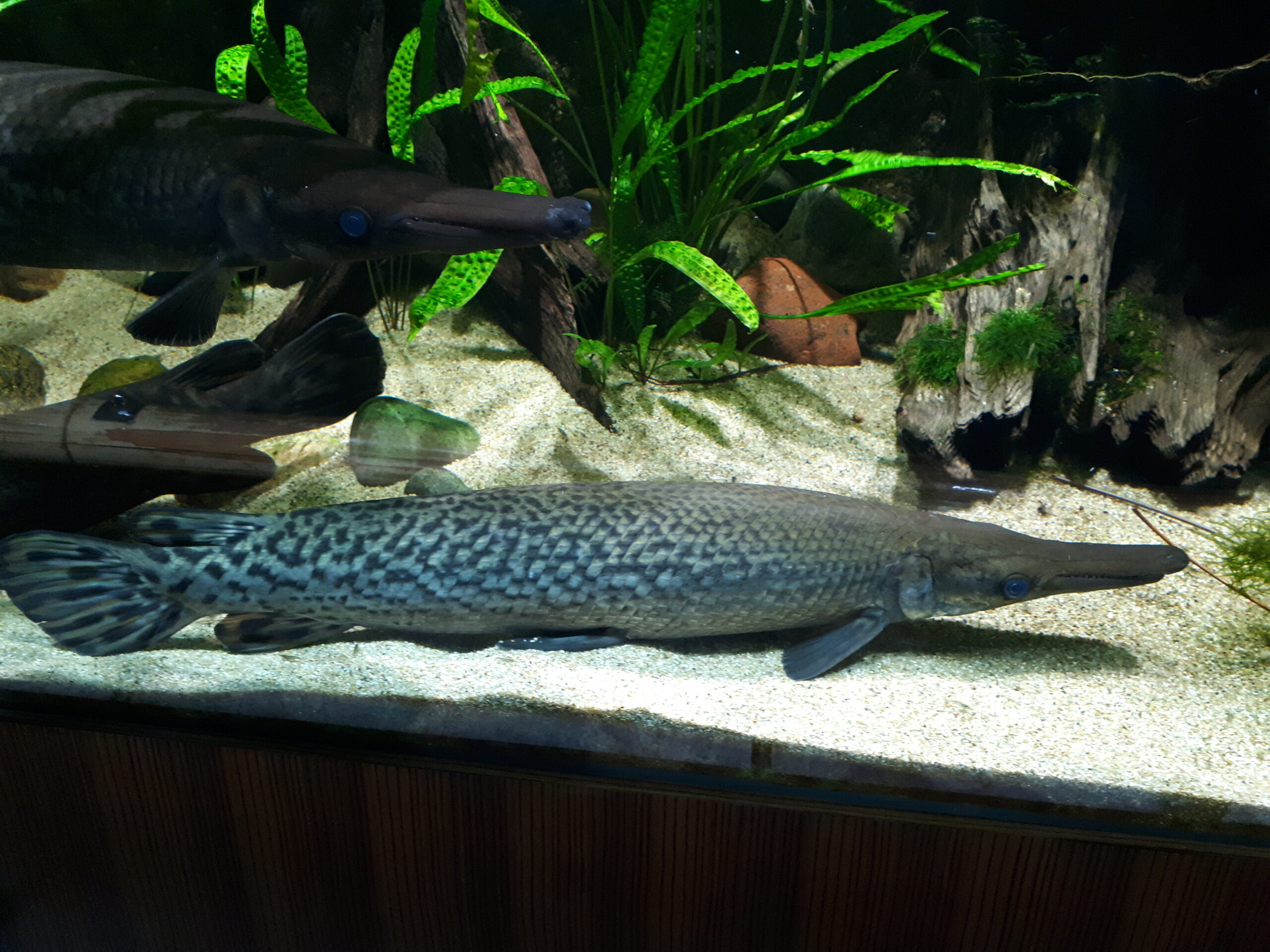
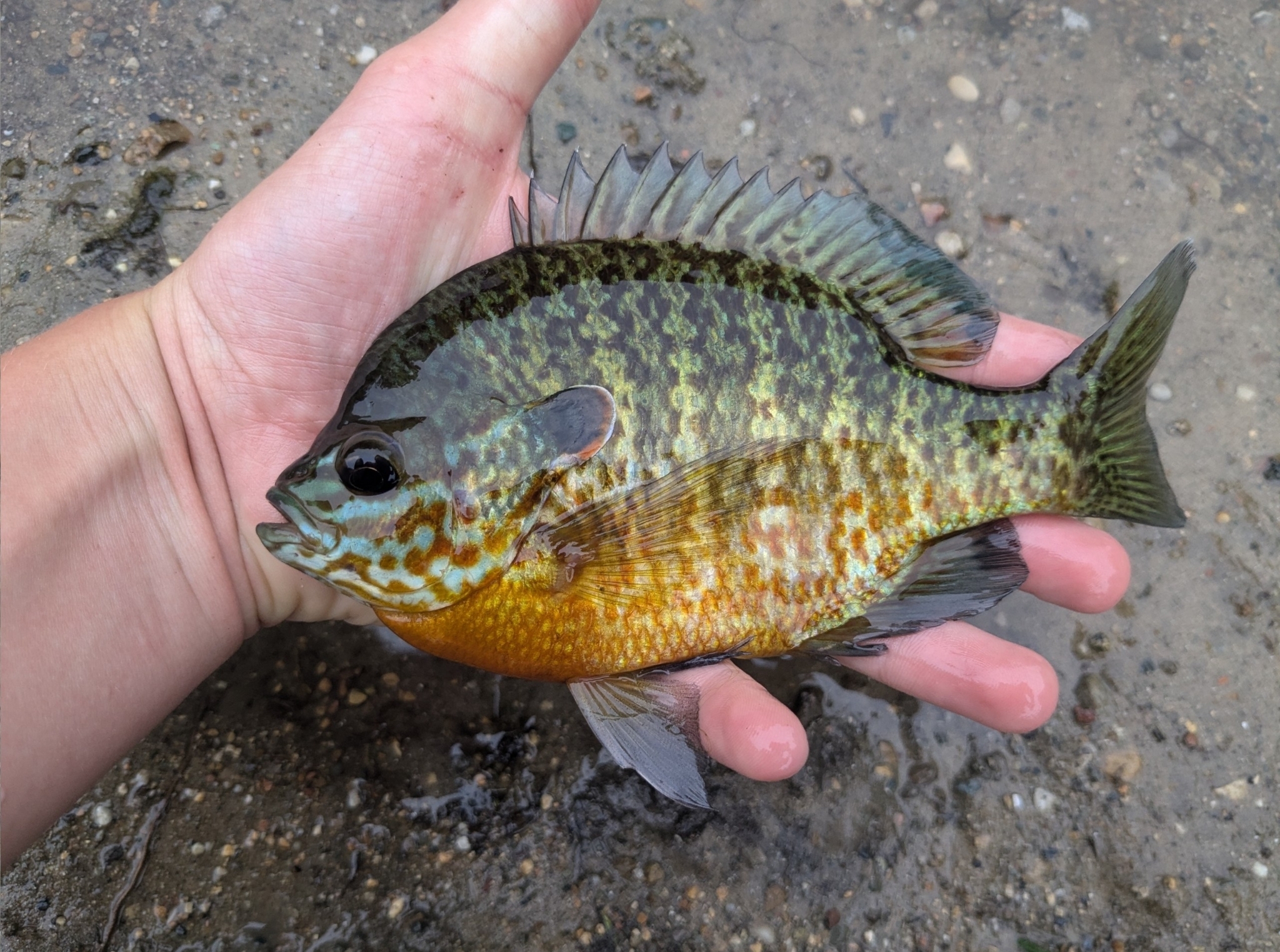
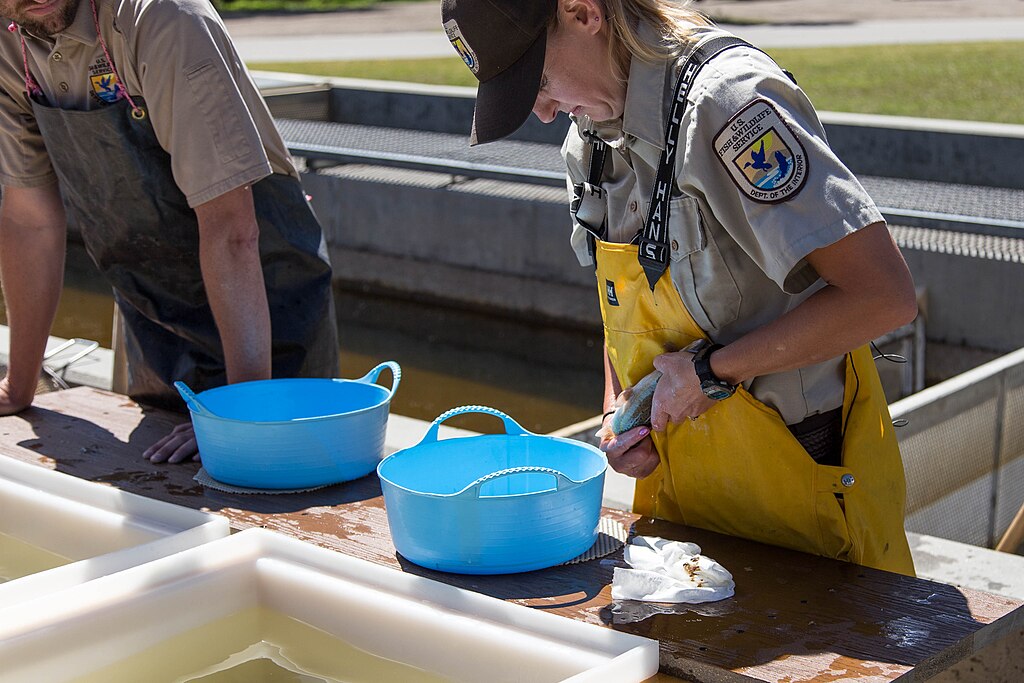
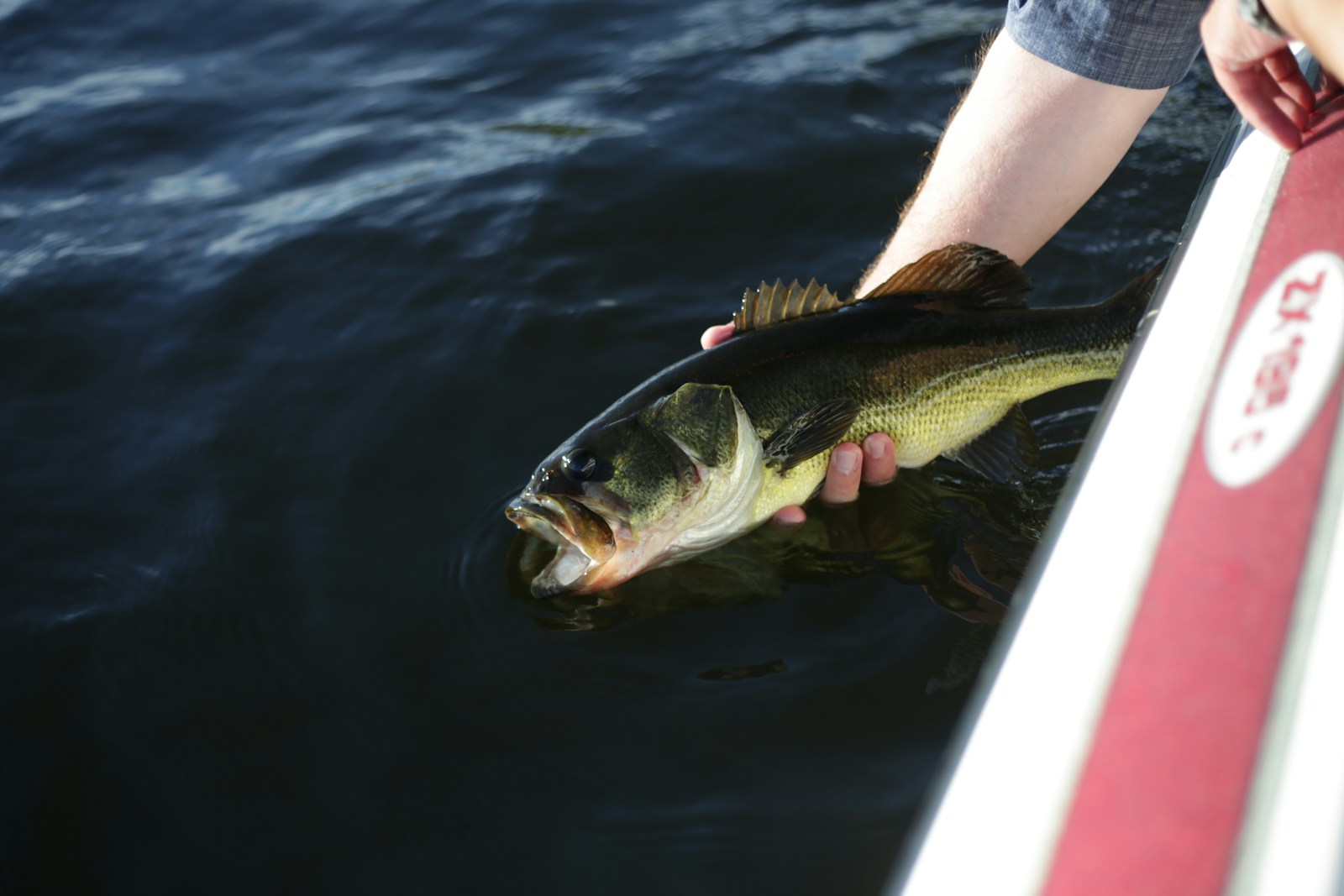
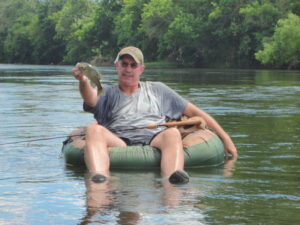
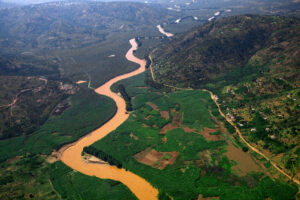








Post Comment